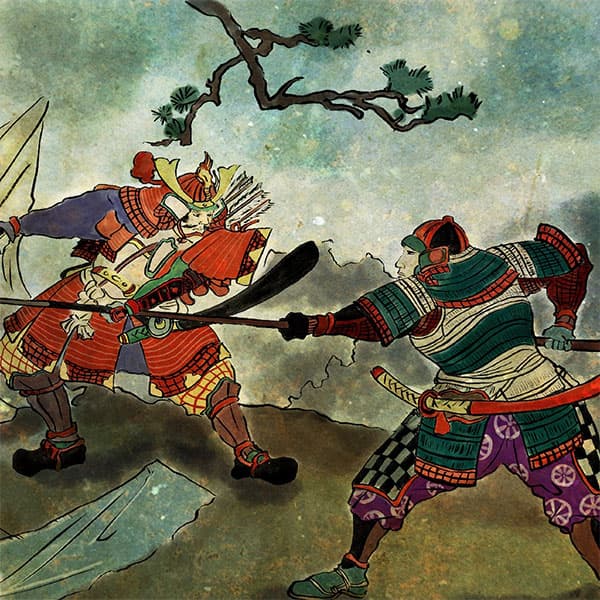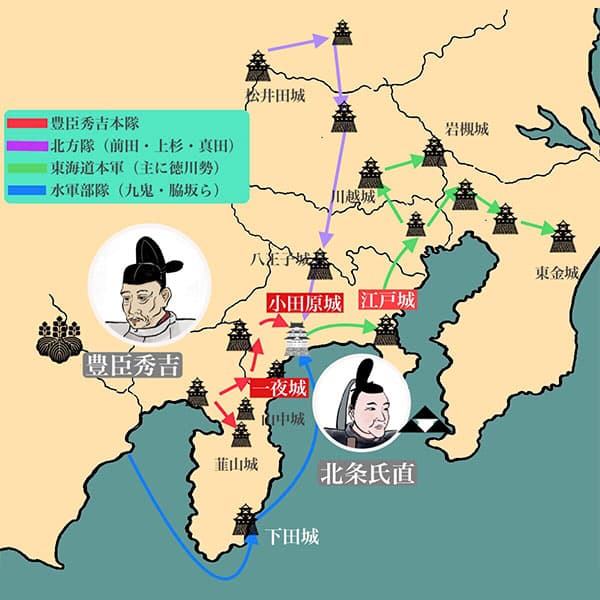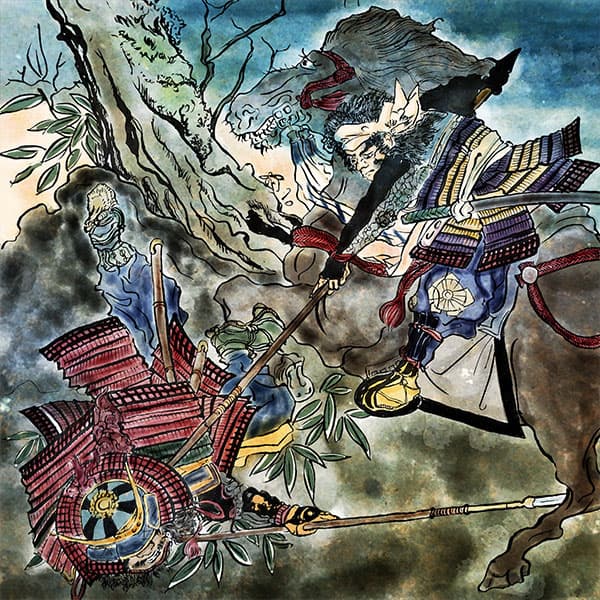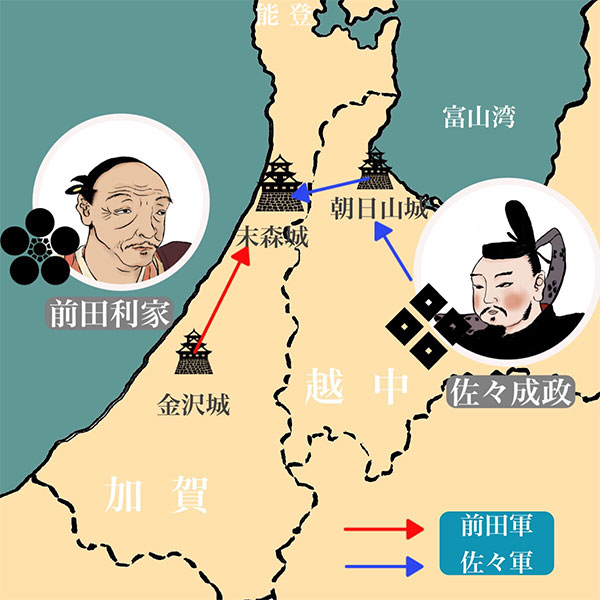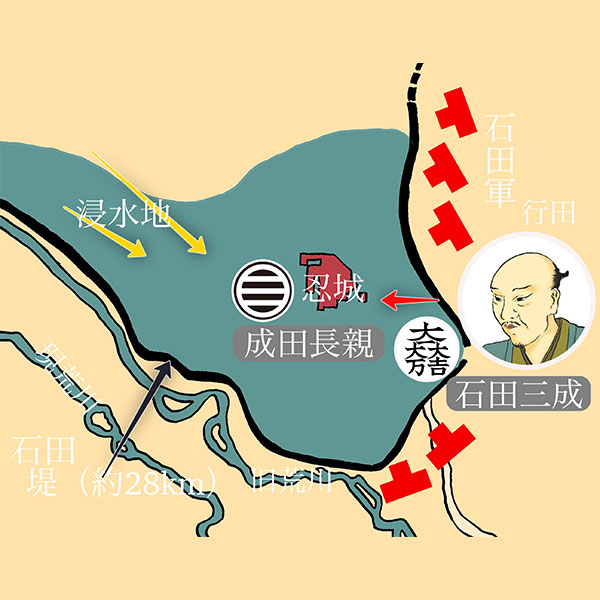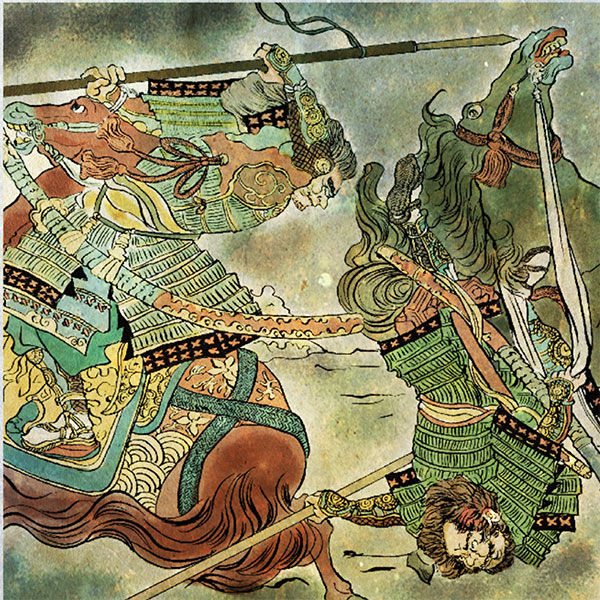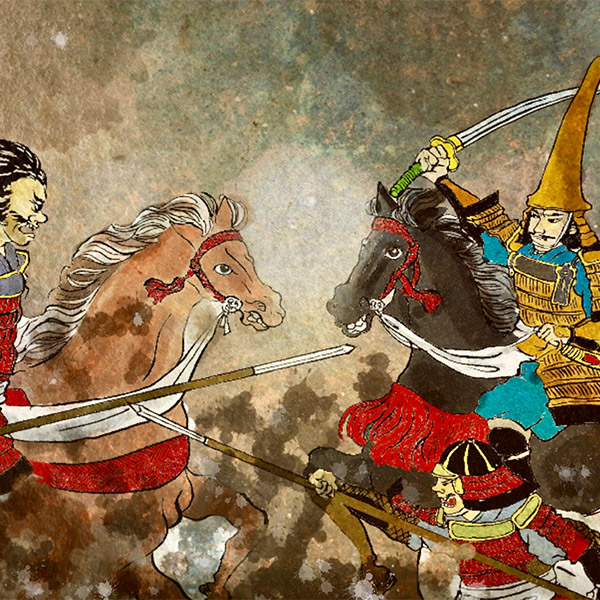Toshiie Maeda (1/2)left side of the spear
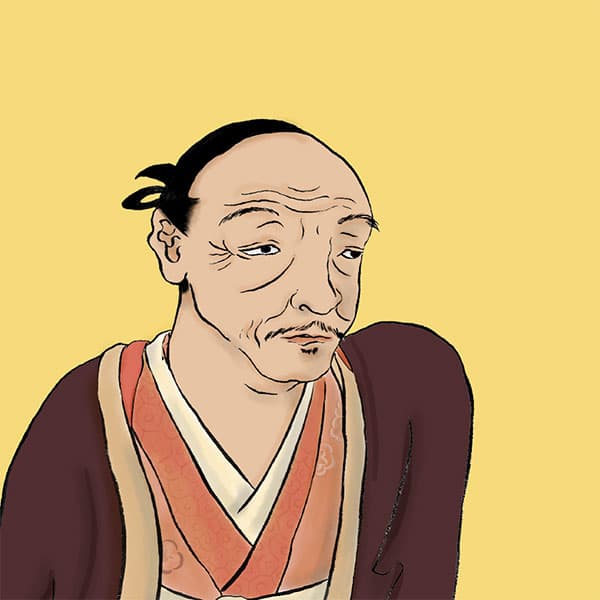
Toshiie Maeda
- Article category
- biography
- name
- Toshiie Maeda (1538-1599)
- place of birth
- Aichi prefecture
- Related castles, temples and shrines

Kanazawa Castle

Toyama Castle

Takaoka Castle
- related incident
The late Muromachi period was an era called the Warring States period, which was compared to the history of China. The Edo period marked the end of the Warring States period and a period of peace. Throughout the Edo period, the Maeda family ruled over a large area of territory, second only to the Tokugawa family. It was Toshiie Maeda who laid the foundation for the Maeda family, which was worth 1 million koku in Kaga. How did Toshiie, who was born in Owari Province, acquire the position of Nawabushi, who was worth 1 million koku? This time I would like to introduce Toshiie Maeda.
Birth of Toshiie
Toshiie Maeda was born in 1539 as the fourth son of Toshimasa Maeda, who ruled Arako Village, Kaito District, Owari Province (currently Arako, Nakagawa Ward, Nagoya City). My childhood name was Inuchiyo.
At first, the Maeda family was a vassal of Hidesada Hayashi, who served the Oda family.
Toshiie served Oda Nobunaga as a page around 1551. Toshiie is said to have had a short temper, was quick to get into fights, and was a curious person who liked flashy clothes.
Oda Nobunaga, whom Toshiie served, fought with Oda Nobutomo of the Oda Yamato no kami family (Kiyosu Oda clan), who ruled the four lower Owari districts. When the Battle of Kayazu occurred in 1552, Toshiie participated in the battle for the first time and achieved great success by winning one rank.
Toshiie was tall for his time, over 180cm tall, and had a handsome face, but it is said that he carried around a flashy spear about 6m long and went into battle in flashy attire.
After that, he celebrated the coming of age and took the name Maeda Matazaemon Toshiie (also known as Matashiro or Magoshiro).
As Nobunaga's direct vassal
After celebrating Genpuku, Maeda Toshiie worked very hard under Oda Nobunaga and was called ``Yari no Matasa.''
In the Battle of Ino, where Nobunaga fought with his younger brother Nobukatsu Oda, Nobunaga was shot under his right eye with an arrow but did not take any credit for it, so he took the credit of defeating his opponent without even removing the arrow that was stuck in his face.
Around the first year of Eiroku (1558), Oda Nobunaga selected the best of the horse mawarishu and created a new red and black hakoro-shu. Toshiie was chosen as the leader of the Akabo-Ishu and entrusted with many vassals. They also welcomed Matsu (Hoshunin) into their household and soon had their first daughter, Sachi.
Toshiie had been successful in his career, but in 1559, he got into a dispute with Shuami, who served Oda Nobunaga in the entertainment industry, and killed him in the castle. It is said that Shuami often looked down on Nobunaga's vassals, and this is where the conflict broke out.
Toshiie was inevitably sentenced to death for killing a vassal of the Oda family, but through the intercession of Nobunaga's chief retainers, Katsuie Shibata and Kanari Mori, his crime was reduced and the death penalty was forgiven.
In this way, Toshiie Maeda left the Oda family. In 1560, despite being separated from the Oda family, Toshiie participated in the Battle of Okehazama without Nobunaga's permission and achieved great results, but he was not allowed to return.
In 1561, Toshiie also participated in the Battle of Moribe without permission. Here, he made a name for himself by defeating a senior vassal of the Saito family who was known for his great strength. Because of this accomplishment, his sins were forgiven and the Oda family was allowed to return home.
His father Toshimasa Maeda died during this Ronin period, and the Maeda family was succeeded by his older brother Toshihisa Maeda, but in 1569, Oda Nobunaga suddenly appointed him as head of the Maeda family in place of his older brother Toshihisa. I was ordered to take over. It is said that the reason was that Toshihisa had no biological children and was unable to work sufficiently due to his poor health.
From then on, Toshiie fought in various places in accordance with the unification project promoted by Nobunaga.
To Hokuriku as Katsuie Shibata's power
Maeda Toshiie became a supporter of Shibata Katsuie in 1574 and was engaged in suppressing the Ikko Ikki that occupied Echizen.
The following year, Echizen Province was pacified, and three people, including Narimasa Sasa and Mitsuharu Fuwa, were jointly given 100,000 koku of Fuchu. These three people who contributed to Katsuie Shibata's power came to be known as the ``Fuchu Sanninshu.''
After pacifying Echizen Province, Maeda Toshiie engaged in the pacification of the Hokuriku region, including fighting against the Uesugi army as Shibata Katsuie's support. On the other hand, under the orders of Nobunaga Oda, wars were being fought in areas other than Hokuriku, and the relationship continued under Nobunaga's direct control.
In 1581, Nobunaga Oda granted him Noto Province, and he became a daimyo along with the lord of Nanao Castle. The following year, in 1582, Nanao Castle, which was far from the town, was abandoned and Komaruyama Castle, overlooking the port, was built.
From the Battle of Shizugatake to Daimyo
In 1582, Oda Nobunaga was killed by his vassal Akechi Mitsuhide in the Honnoji Incident. At this time, Toshiie Maeda followed Katsuie Shibata and was in the process of capturing Uozu Castle in Etshuchu Province (present-day Toyama Prefecture), where the Uesugi family was staying.
In the same year, Hideyoshi Hashiba and Katsuie Shibata clashed at the Kiyosu Conference, which discussed the Oda family after Oda Nobunaga's death. Toshiie was Katsuie's ruling power, so he decided to support Katsuie.
On the other hand, he also had a close friendship with Hideyoshi Hashiba. When they lived in Owari Province, they lived next door to each other, and when they set up their mansions in Azuchi Castle, they lived across the street from each other.They had close friendships throughout their families. As a result, Toshiie had a difficult time competing with Katsuie Shibata and Hideyoshi Hashiba.
The following year, in 1583, Katsuie Shibata fought against Hideyoshi Hashiba. The Battle of Shizugatake.
At this time, Toshiie led about 5,000 soldiers into battle as part of the Shibata army. However, he left the battlefield without fighting. It is speculated that Toshiie had accepted Hideyoshi's invitation from an early stage. Toshiie's withdrawal during the battle sealed the victory for Hashiba's army.
Toshiie holed up in Echizen Fuchu Castle (present-day Takefu City, Fukui Prefecture), but he surrendered on the recommendation of Hidemasa Hori, who came as a messenger from Hideyoshi.
After the Battle of Shizugatake, he was relieved of his original possession of Noto Province, and was given additional control of two districts in Kaga Province by Hideyoshi, moving his headquarters from Komaruyama Castle in Noto to Kanazawa Castle in Kaga.
Maeda Toshiie decided to follow Hashiba Hideyoshi, who had defeated Shibata Katsuie.
In 1584, Hashiba Hideyoshi came into conflict with Tokugawa Ieyasu, who ruled the Tokai region. In response to Tokugawa Ieyasu, Narimasa Sassa of Viet Nam invaded Kaga and Noto provinces.
Sassa Narimasa invaded Suemori Castle in Noto Province, but the Maeda family repelled it. Toshiie tried to stabilize the region without moving from Hokuriku.
In the same year, Hideyoshi Hashiba, whose battle with Tokugawa Ieyasu had reached a stalemate, assembled a large army led by Toshiie Maeda and attacked Narimasa Sasa in Etsukoku (present-day Toyama Prefecture). Sassa Narimasa was attacked and surrendered.
As a result of this achievement, Maeda Toshiie's eldest son, Toshinaga Maeda, was given more than half of Etchu Province as territory, and the Maeda family built up power in Hokuriku, centering on Noto Province, Kaga Province, and Etchu Province.
Also, Hideyoshi asked him to play a role as a negotiator between the various daimyo, and his ability to unite the daimyo was required based on his ability in battle, such as a spear.
Toyotomi Hideyoshi, Toshiie, and the end
In the 14th year of Tensho (1586), Toshiie Maeda was appointed Governor of Chikuzen and Major General of Konoe Gon. Furthermore, he was appointed as a councilor in 1590.
During that time, he acted as one of the daimyo supporting the Toyotomi family, negotiating with Date Masamune in Tohoku to become a vassal to the Toyotomi family outside of Hokuriku.
In the same year, the Odawara conquest was carried out to suppress the Hojo family in the Kanto region. Toshiie entered Ueno Province as the general commander of the northern forces, along with Kagekatsu Uesugi and Masayuki Sanada, and captured Matsuida Castle, the northernmost important point of the Hojo clan, and other castles one after another, until the Hojo clan surrendered.
- related incident

- WriterTomoyo Hazuki(Writer)I have loved history and geography since my student days, and have enjoyed visiting historical sites, temples and shrines, and researching ancient documents. He is especially strong in medieval Japanese history and European history in world history, and has read a wide range of things, including primary sources and historical entertainment novels. There are so many favorite military commanders and castles that I can't name them, but I especially like Hisashi Matsunaga and Mitsuhide Akechi, and when it comes to castles, I like Hikone Castle and Fushimi Castle. Once you start talking about the lives of warlords and the history of castles, there's a side of you that can't stop talking about them.




